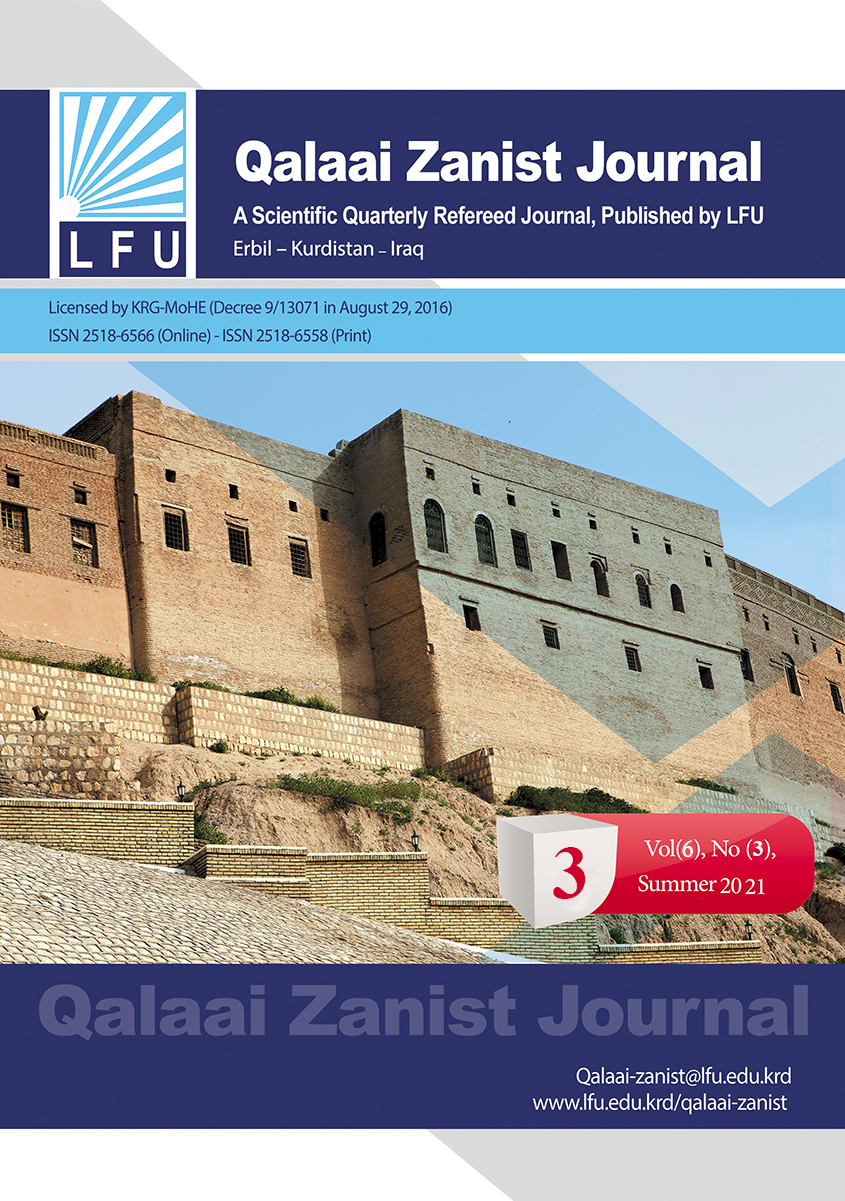The Effectiveness of Gestural Communication Means for Displaying Emotions with Reference to Kurdish and English
##plugins.themes.bootstrap3.article.main##
Abstract
This study aims at investigating the effectiveness of gestural communication means in displaying emotions. Nonverbal communication is an important part of linguistic studies and has always played an important role in face-to-face communication. Words are best explained when they are used with gestures and body movements especially in face to face interactions. Therefore, gestures are very effective in communicating emotions and they add up to what people say verbally. Yet expressing and displaying emotions depend on social and cultural rules.
The paper concludes that there is a significant similarity between gestures of English societies and Kurdish society. Moreover, people pay attention to gestures a lot, but their occurrence depends on social shared rules and norms of the society.
Downloads
##plugins.themes.bootstrap3.article.details##
How to Cite
Copyright (c) 2021 Zaynab Ramzi Hussein، Wrya Izzadin Ali

This work is licensed under a Creative Commons Attribution 4.0 International License.

